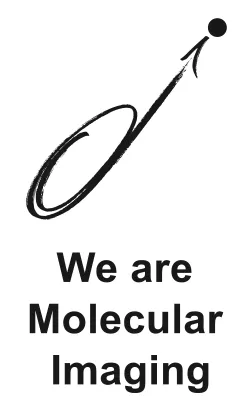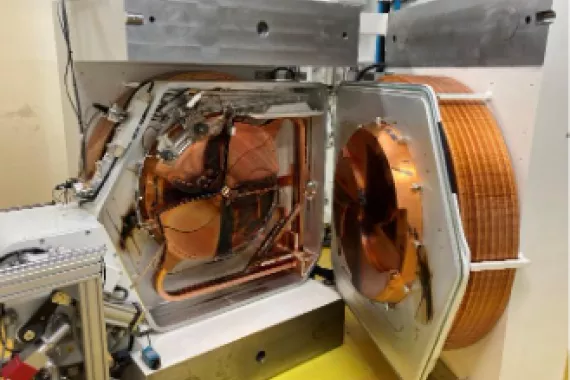Who we are

At Advanced Accelerator Applications Molecular Imaging, we develop, manufacture and supply radiopharmaceutical products for positron emission tomography (PET) imaging – a cornerstone of personalized medicine.
Our core mission is to provide precision diagnostic solutions, with a primary focus on oncology. Novel PET probes are designed to target specific tumor markers, revolutionizing the way we diagnose and treat cancer. Over the years, our portfolio has expanded, showcasing our prowess in other disease areas, particularly in neurology.
Originally founded in 2002 as a spin-off of CERN, then acquired by the Novartis Group Company in 2018, Advanced Accelerator Applications Molecular Imaging operates since December 2022 as a business of Advanced Accelerator Applications (a Novartis Company) dedicated to precision diagnostic solutions. We continue to carry on the proud Company legacy, while building on its potential for future expansion and growth.
What is Molecular Imaging?
Molecular Imaging procedures are noninvasive, safe and painless techniques that enable physicians to accurately diagnose and stage complex diseases, as well as monitor disease progression or response to treatment. This information is obtained via the interaction between a targeted probe and the biological system. Where other diagnostic imaging procedures (such as x-rays and computed tomography or CT) provide pictures of physical structure, molecular imaging offers insights in how the patient’s body is functioning and to evaluate its chemical and biological processes that would otherwise require more invasive procedures such as biopsy or surgery.
PET imaging, a subset of nuclear medicine, is a molecular imaging technique. It uses minute amounts of targeted drugs labelled with radioactive isotopes. Special PET cameras are employed to detect these radiopharmaceuticals and provide precise high-resolution pictures of the body part being imaged at the molecular and cellular levels. This modality is able to identify a disease in its early stages, often before symptoms appear or abnormalities can be detected with standard diagnostic tests*.
*Source: The Society of Nuclear Medicine and Molecular Imaging (SNMMI), at https://www.snmmi.org/AboutSNMMI/Content.aspx?ItemNumber=6433






